EXHIBITION
D.T. Suzuki is a huge source of contemporary art.
With D.T. Suzuki at the center, a new history of art will be built here and now.
D. T. Suzuki (1870-1966), a guru who spread Zen teachings to the world, suggested a notion of “Spirituality” which erases the difference between mind and matter and renewed modern Japanese idea. In his late years, people including John Cage and J. D. Salinger, revolutionists in contemporary music and literature, gathered to D. T. Suzuki’s lecture in U.S.. D.T. Suzuki is an undeniable source of contemporary art. It was no accident.
His life partner Beatrice Lane Suzuki believed in theosophy as a modern general religion originating from eastern thought. Theosophy concretely advocated how various senses/images and colors/forms arise from “mind,” which also erases the difference between spirit and matter, and gave huge inspirations to the artists who chose “abstraction” as a theme of their paintings. While “abstraction” and eastern thought intertwine in multiple layers, Joseph Beuys’ works and Nam June Paik’s works were created one after another.
Not only that. D. T. Suzuki’s influence including philosophy of Nishida Kitaro, a Suzuki’s sworn friend since their high-school years, biology of Minakata Kumagusu who had exchanged letters with Suzuki when their names were unknown, Mingei of Yanagi Muneyoshi whom Suzuki thought as his successor, is extremely huge beyond the difference between global and local, or between various genres of expression. This exhibition is an attempt to explore the genealogy and to open its unknown possibility to future. - Reiji Ando
Zen may remain unmoral but not without art.
- D. T. Suzuki “Zen and Japanese Culture"
PROFILE
-
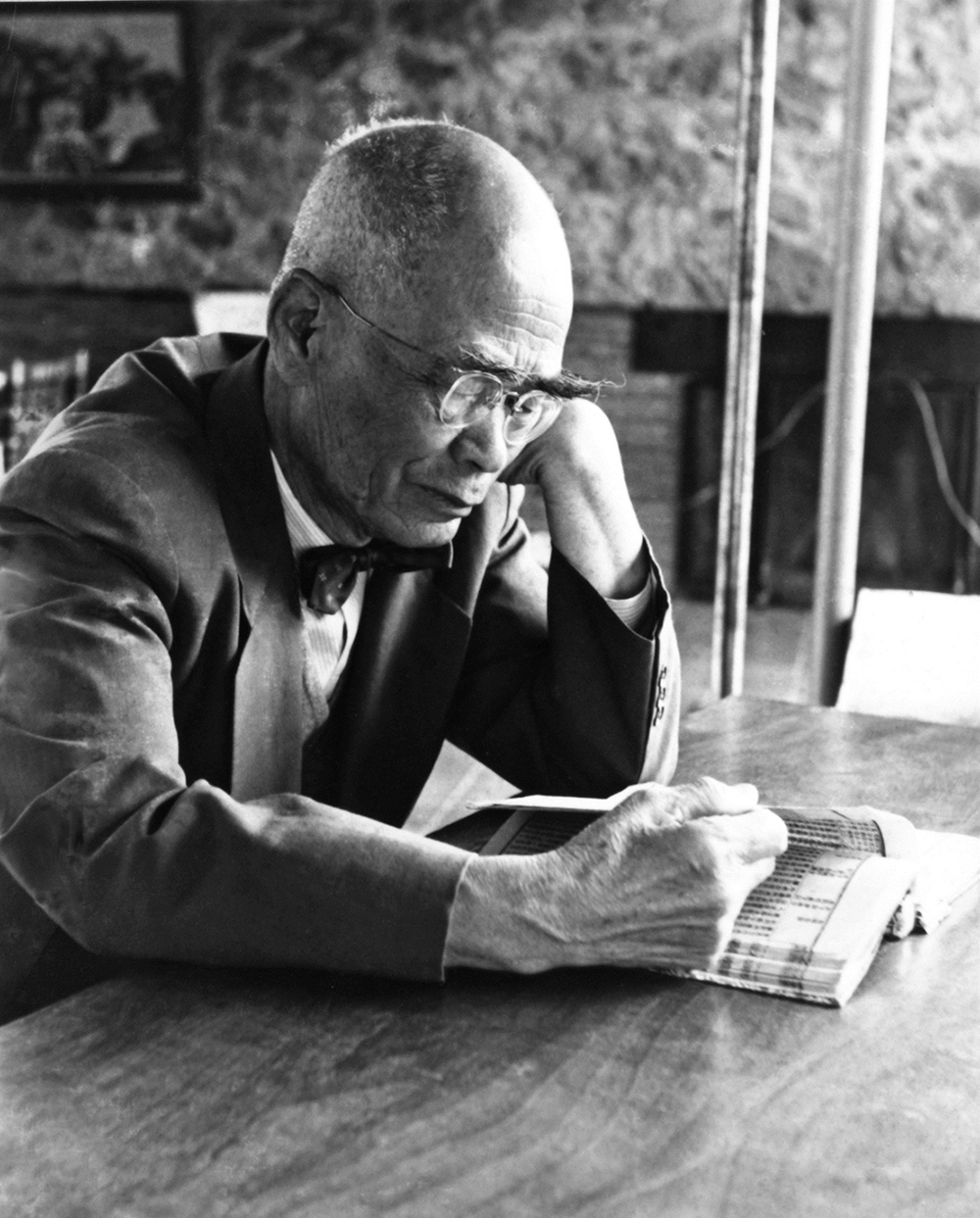
D. T. Suzuki, 86 years old, reading a book at Erich Fromm’s house in Mexico ©D.T. Suzuki Museum
-
D. T. Suzuki
Buddhist scholar. Born in Kanazawa City and named Teitaro. While a student at Tokyo Imperial University, he took up Zen practice at Engaku-ji Temple in Kamakura and received the Buddhist name, Daisetz. In 1897, he went to the U.S. to work for a publishing company; in 1909, he returned to Japan and became a lecturer at the Gakushuin University and Tokyo Imperial University, and the following year, a professor at Gakushuin; in 1911 he married Beatrice Erskine Lane; in 1921 he became a professor at Otani University; in 1936 he attended the World Congress of Faiths in London.
From 1949 to 1958, he traveled to universities in the U.S. and Europe to give lectures on Mahayana Buddhist thought, especially Zen.
WORKS
-
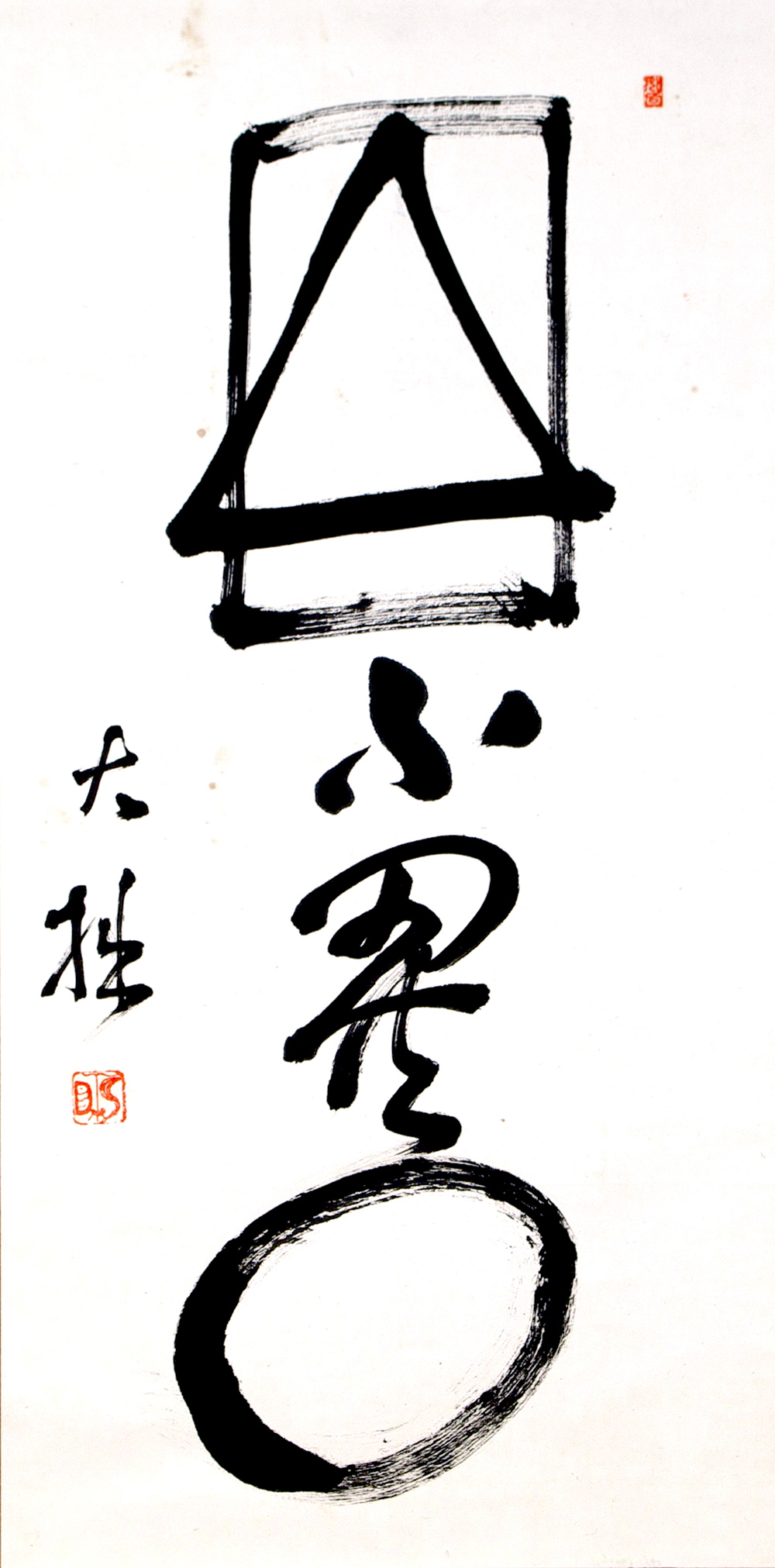
D. T. Suzuki, Shiki-fu-i-ku 【Form doesn't differ from emptiness】(exhibition on projection)
Collection of D. T. Suzuki Museum
©D.T. Suzuki Museum -
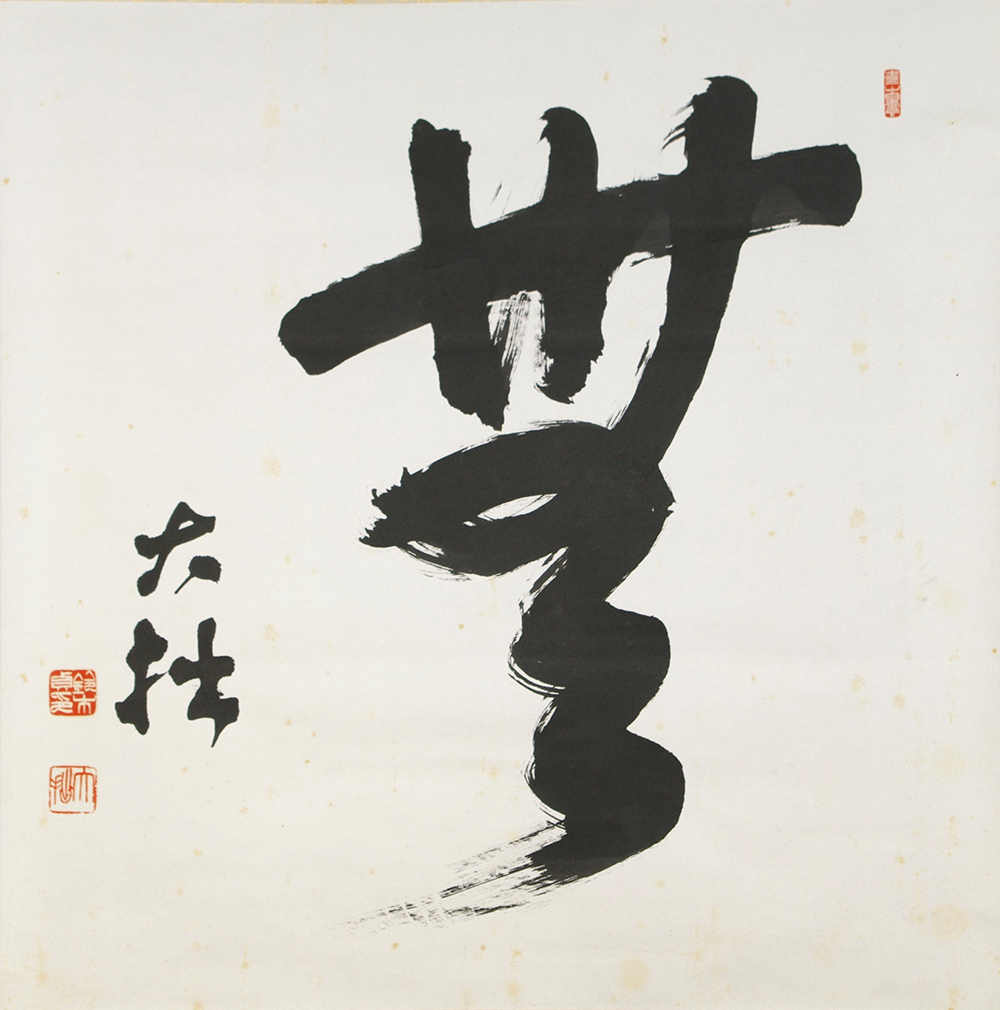
D. T. Suzuki, MU
Collection of D. T. Suzuki Museum
©D.T. Suzuki Museum -
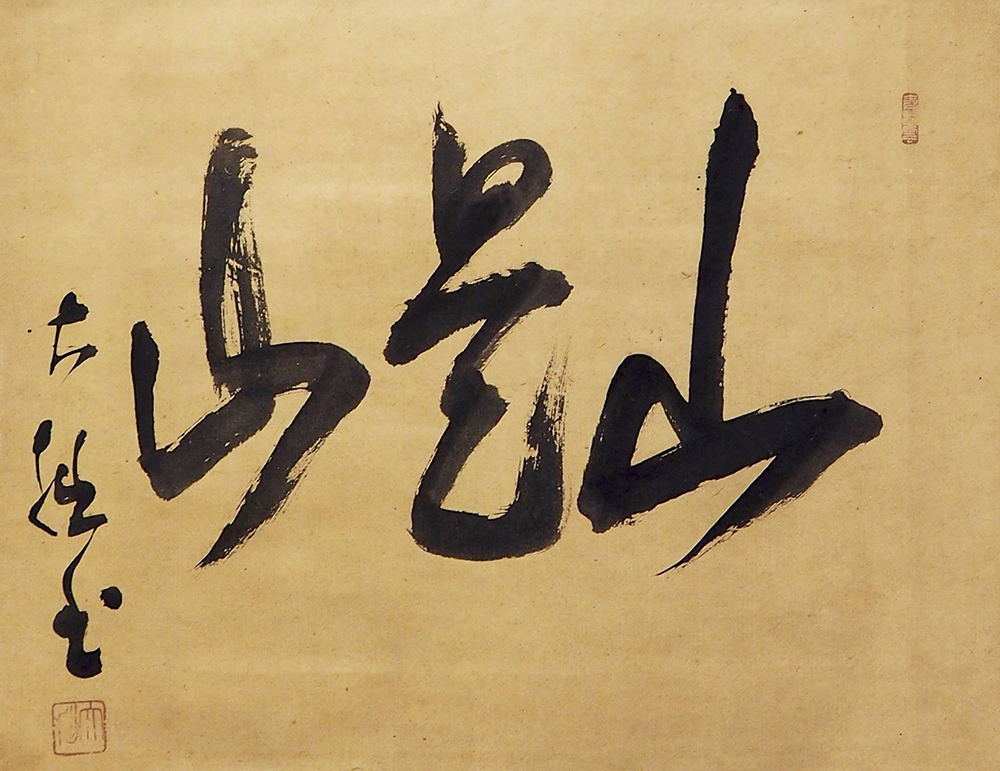
D. T. Suzuki, Yama-kore-yama
Collection of Great People of Kanazawa Memorial Museum -
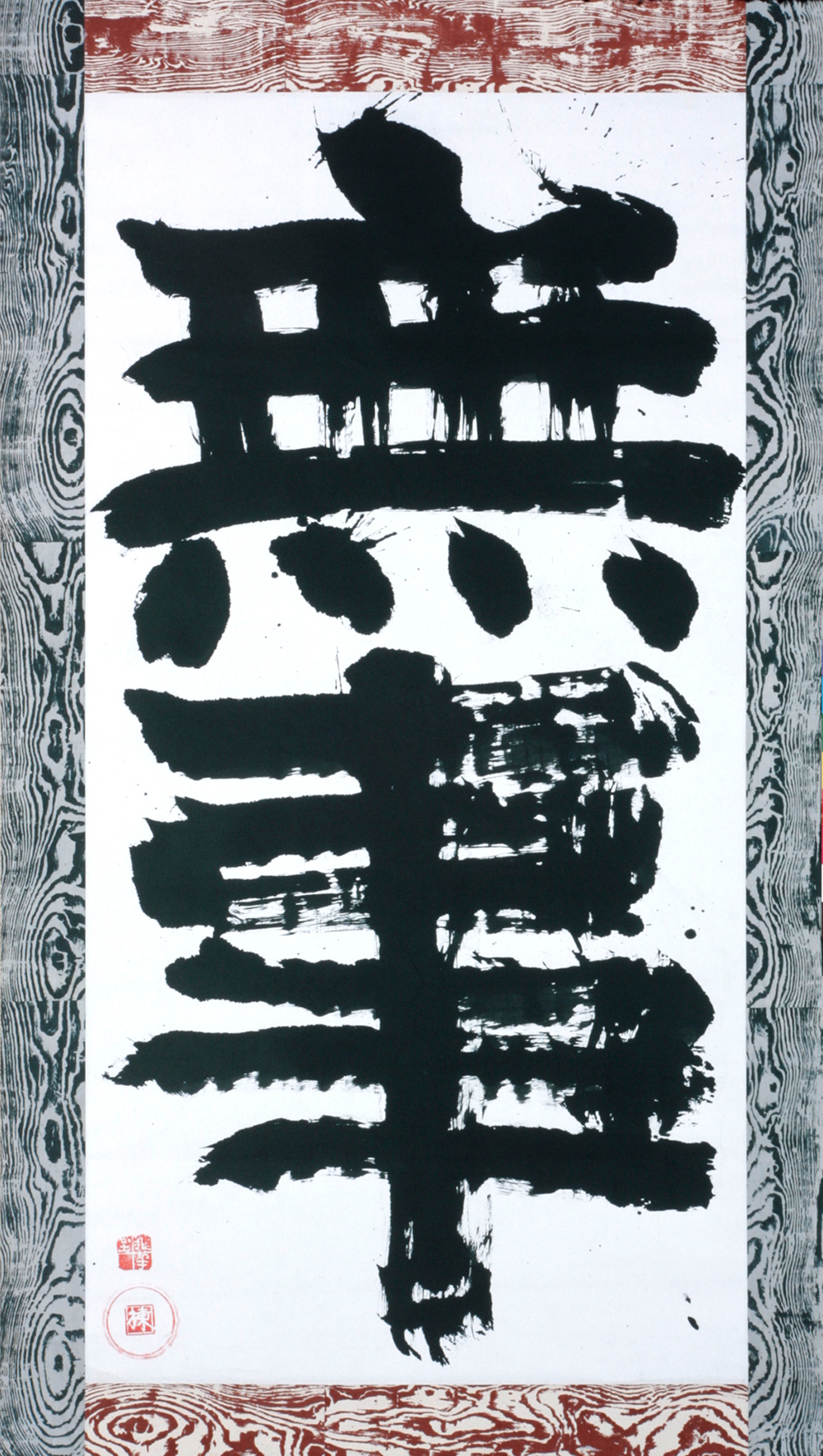
Munakata Shiko, Buji, 1958 (ceramic rod made by Shimaoka Tatsuzo, mounted by Yanagi Muneyoshi)
Collection of The Japan Folk Crafts Museum -
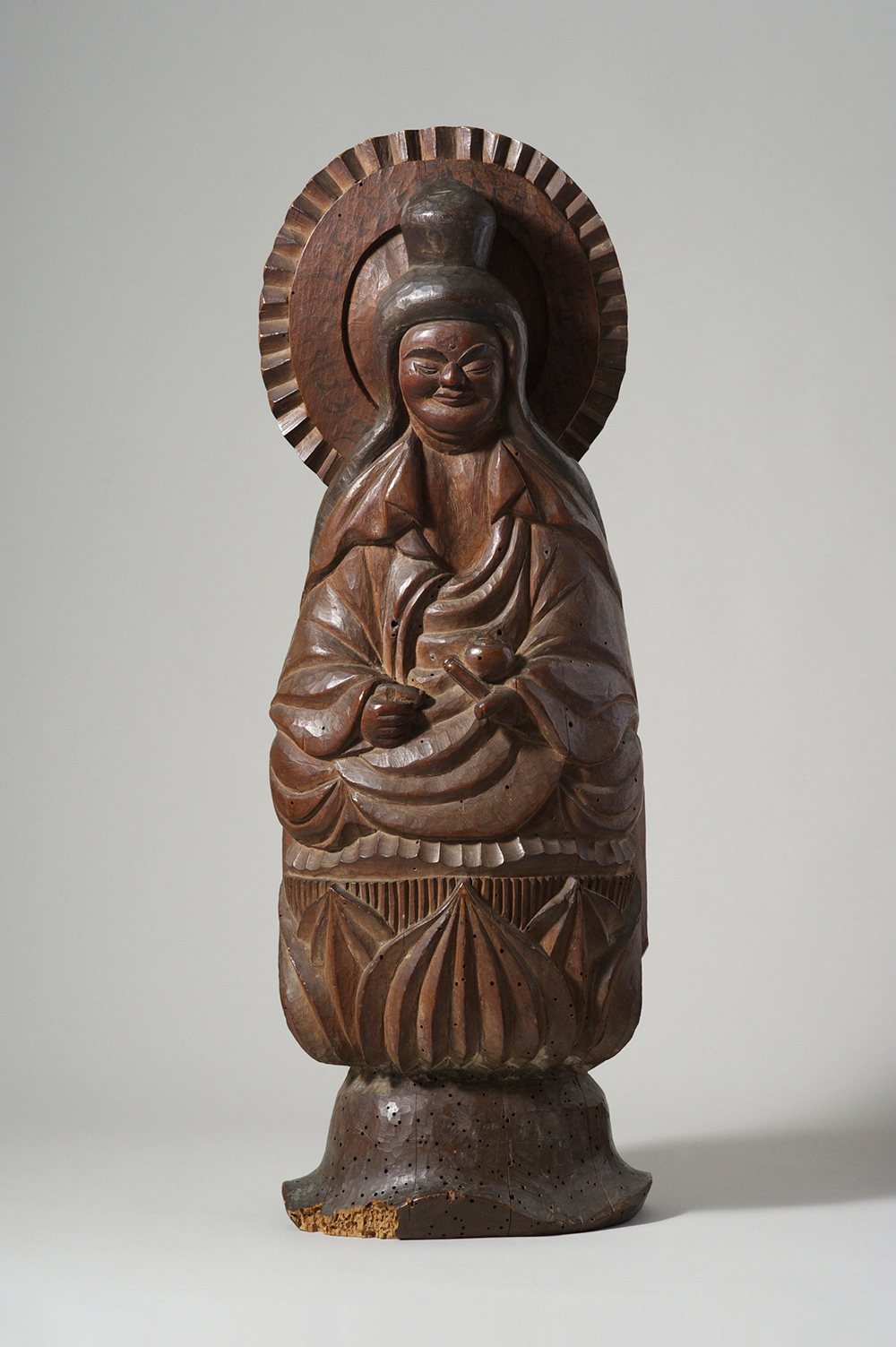
Mokujiki Myoman, Statue of Koku Bodhisattva, 1801
Collection of The Japan Folk Crafts Museum -

Nishida Kitaro, Ji-ji-mu-ge
Collection of Ishikawa NISHIDA KITARO Museum of Philosophy -
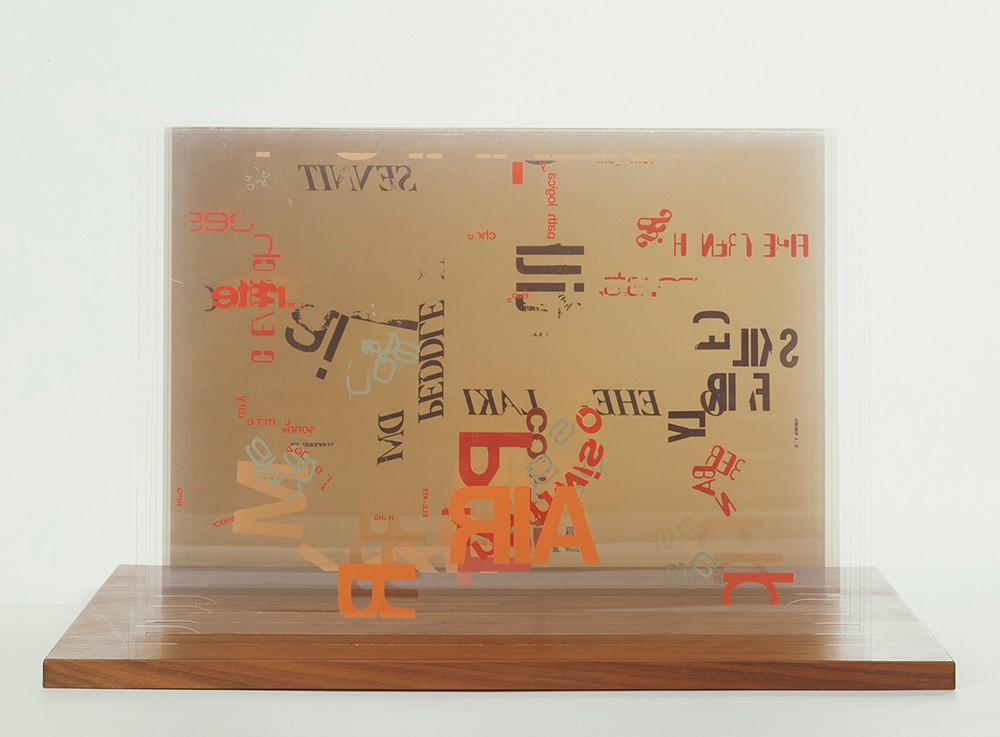
John Cage, Not wanting to say anything about Marcel, 1969
Collection of WATARI-UM, The Watari Museum of Contemporary Art -
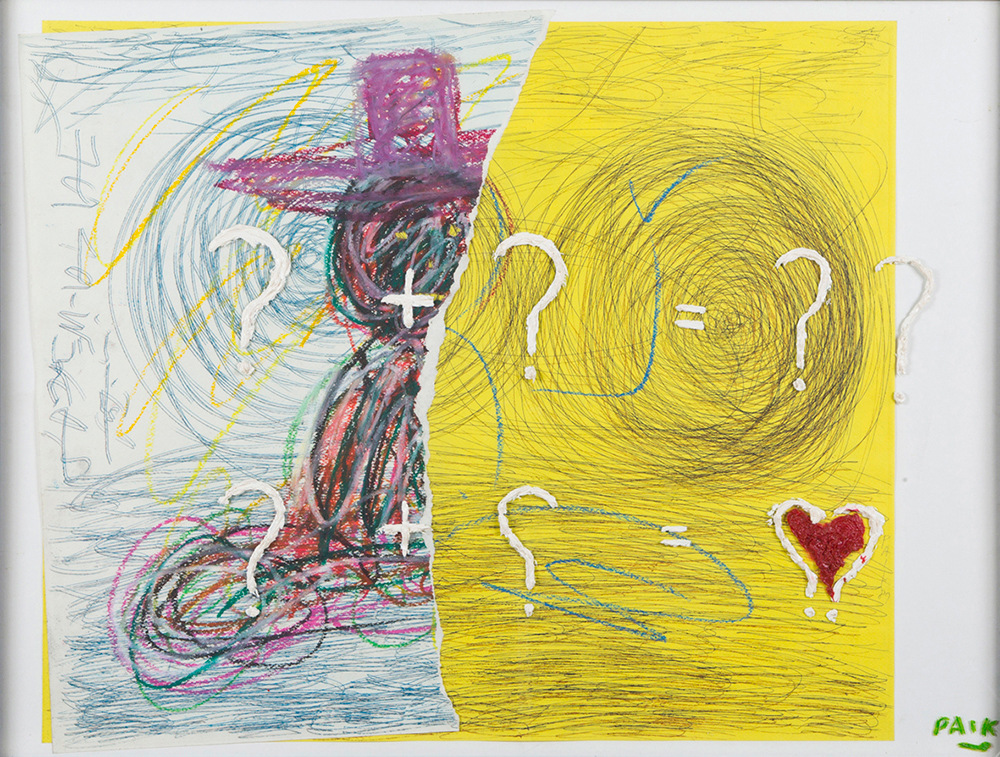
Nam June Paik, Reincarnation, 1987
Collection of WATARI-UM, The Watari Museum of Contemporary Art -
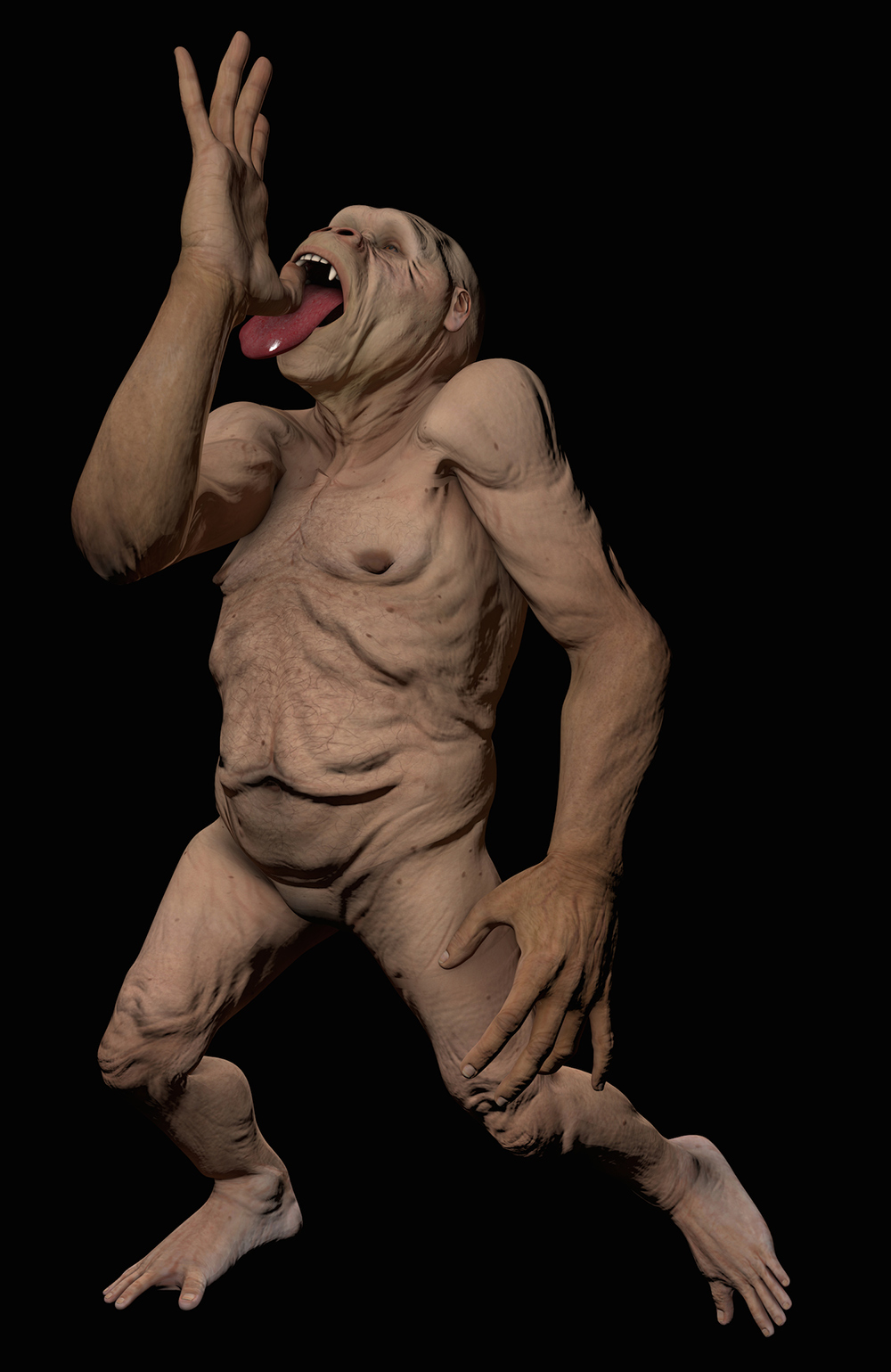
Yamauchi Shota, Maihime_Screening Edition, 2022
Collection of the artist -
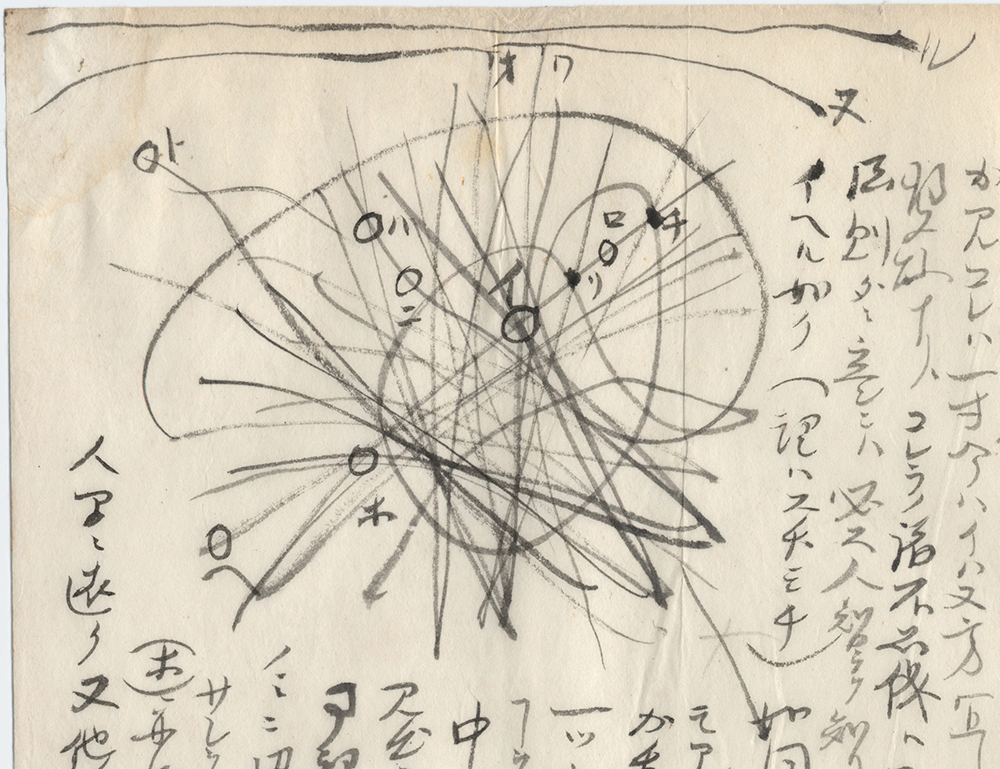
Minakata Kumagusu, Letter to Doki Horyu, with Minakata Mandala, July 18th, 1903
Collection of MINAKATA KUMAGUSU ARCHIVES
SCENE
-
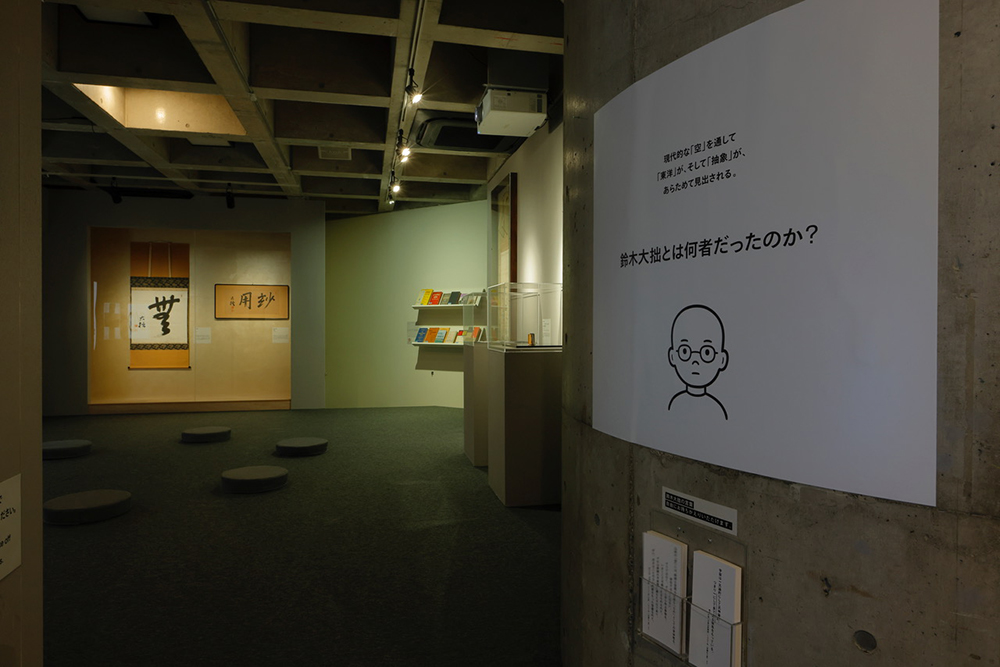
photo by: Keizo Kioku
-
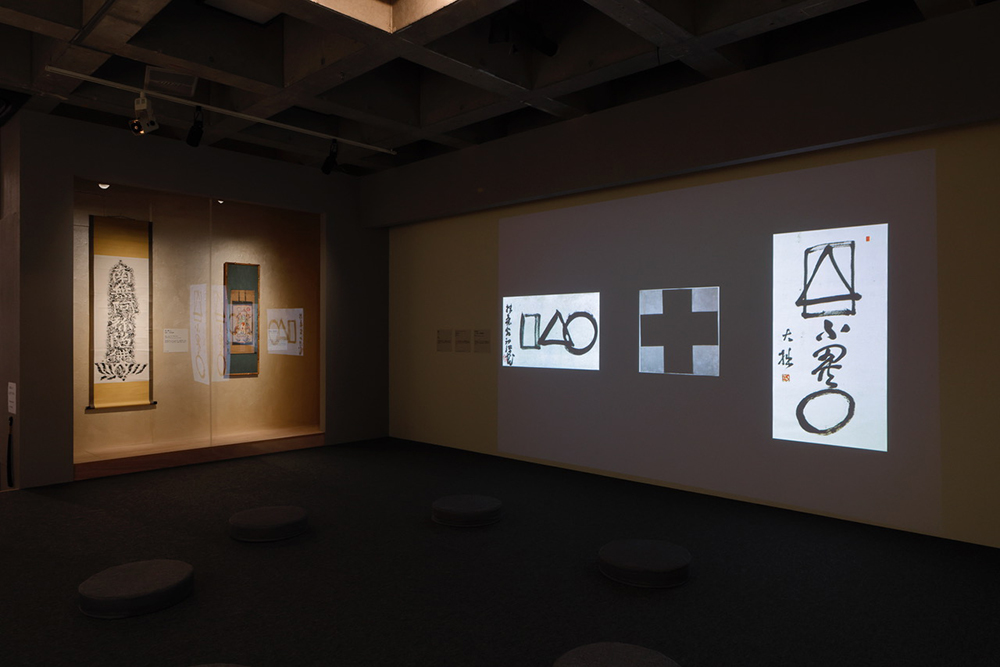
From left: attributed to Ippen's rubbed copy of Rokuji Myogo, and Otsu-e, collection of The Japan Folk Crafts Museum
From left to right in the projection: Sengai, ○△□ 【The Universe】, collection of The Idemitsu Museum of Arts, and Kazimir Malevich, Black Cross, and D. T. Suzuki, Shiki-fu-i-ku 【Form doesn't differ from emptiness】, collection of D. T. Suzuki Museum
photo by: Keizo Kioku -
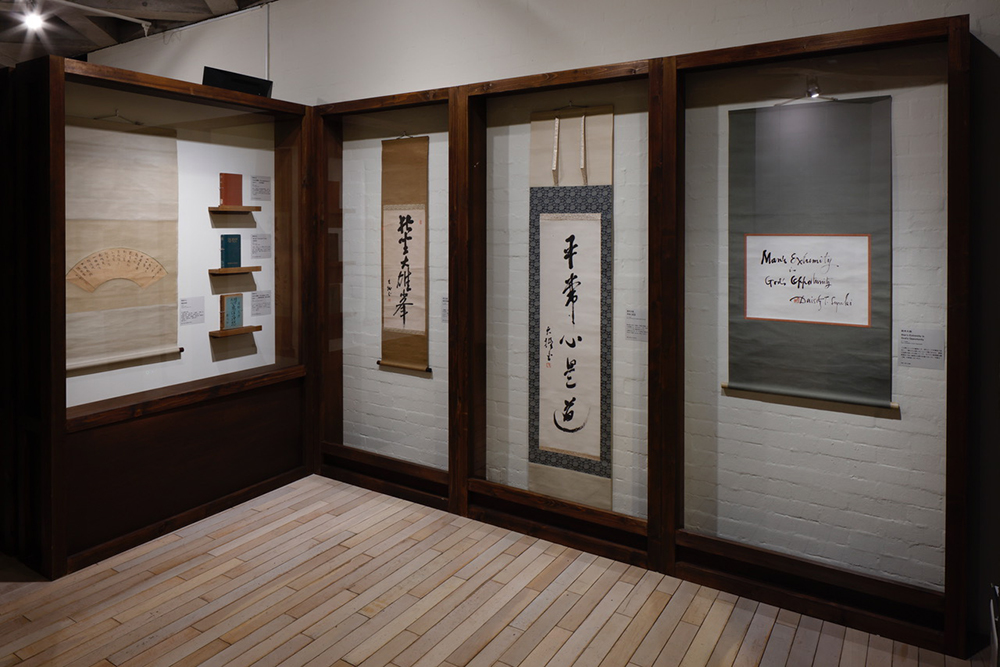
From right to left: D. T. Suzuki, Man's Extremity is God's Opportunity, collection of D. T. Suzuki Museum, and D. T. Suzuki, Byojo-shin-ze-dou, and Doku-za-dai-yu-ho, collection of Great People of Kanazawa Memorial Museum
Left: exhibition on Okakura Tenshin, collection of Izura Institute of Art & Culture, Ibaraki University
photo by: Keizo Kioku -
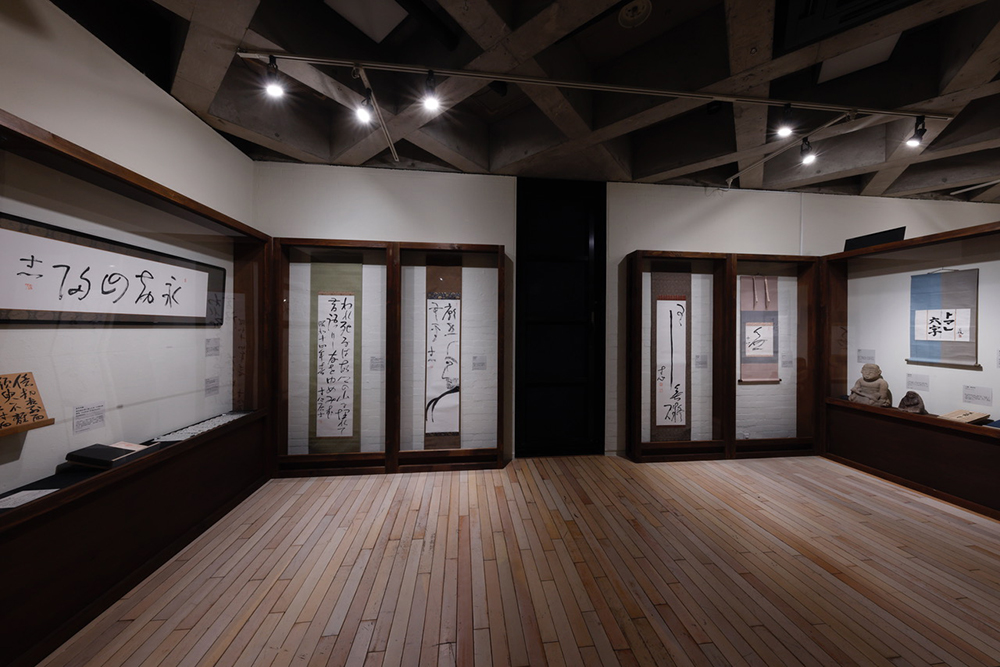
Right: exhibition on Yanagi Muneyoshi, collection of The Japan Folk Crafts Museum
Center and left: exhibition on Nishida Kitaro, collection of Ishikawa NISHIDA KITARO Museum of Philosophy
photo by: Keizo Kioku -
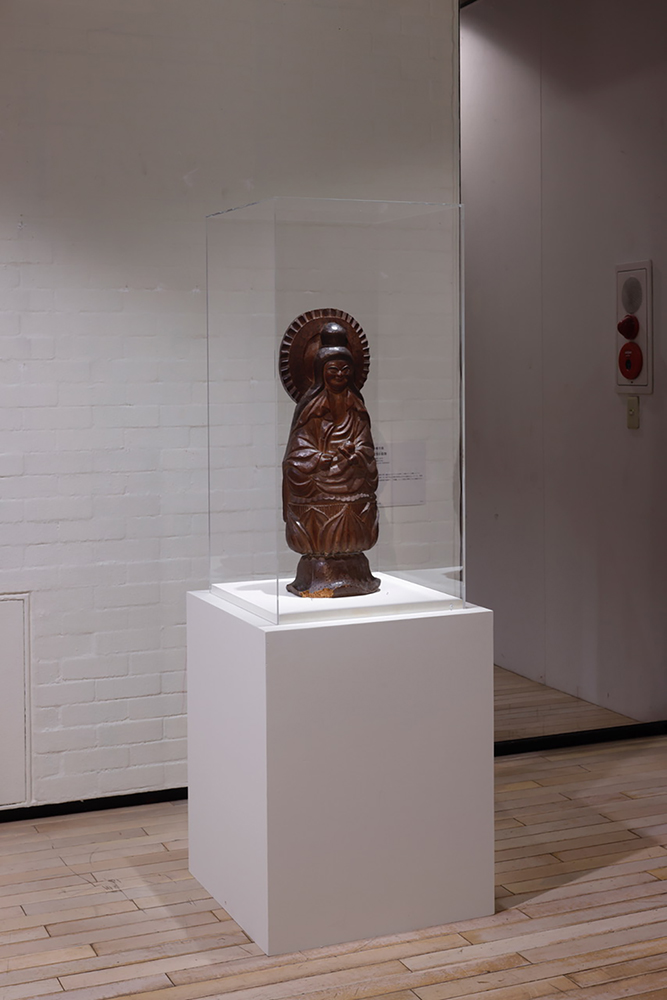
Mokujiki Myoman, Statue of Koku Bodhisattva, 1801, collection of The Japan Folk Crafts Museum
photo by: Keizo Kioku -
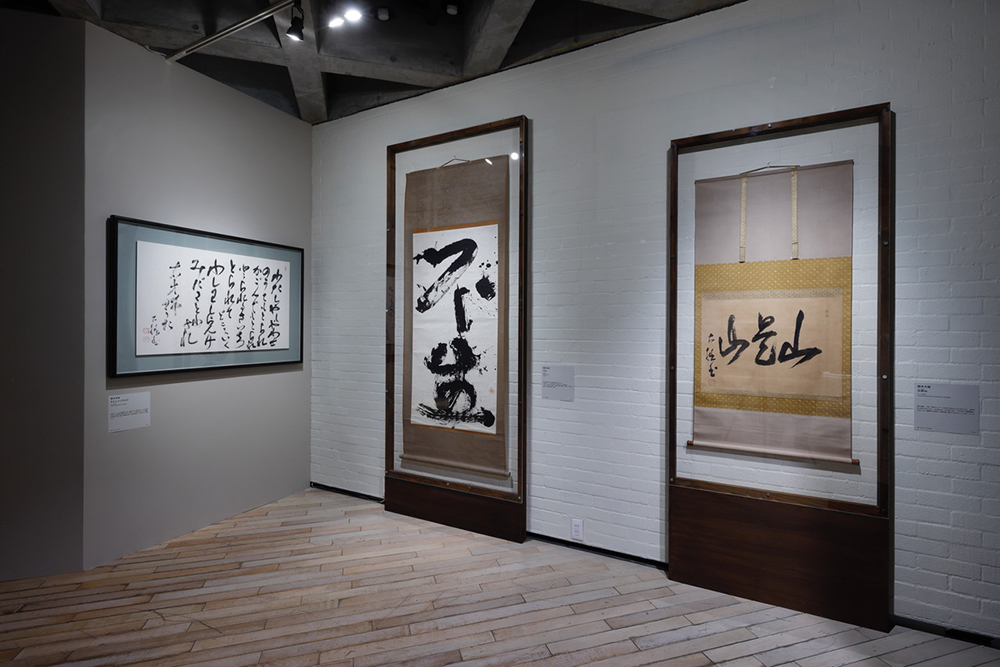
From right to left: D. T. Suzuki, Yama-kore-yama, collection of Great People of Kanazawa Memorial Museum, and Munakata Shiko, Fushou, 1958, collection of The Japan Folk Crafts Museum, and D. T. Suzuki, Watasha shiyawase, collection of Great People of Kanazawa Memorial Museum
photo by: Keizo Kioku -
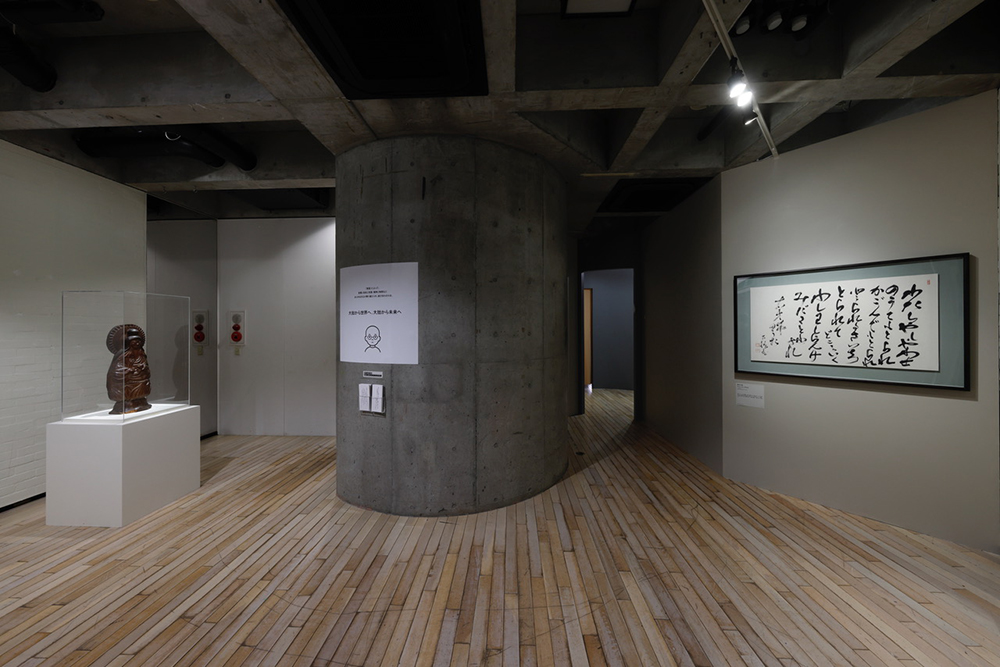
Right: D. T. Suzuki, Watasha shiyawase, collection of Great People of Kanazawa Memorial Museum
Left: Mokujiki Myoman, Statue of Koku Bodhisattva, 1801, collection of The Japan Folk Crafts Museum
photo by: Keizo Kioku -
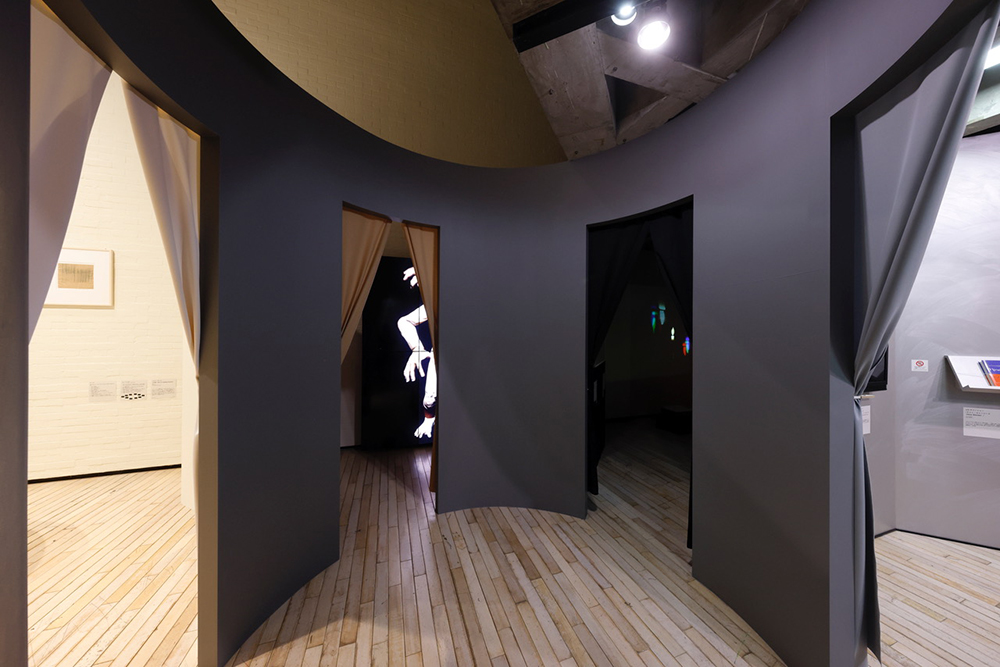
photo by: Keizo Kioku
-
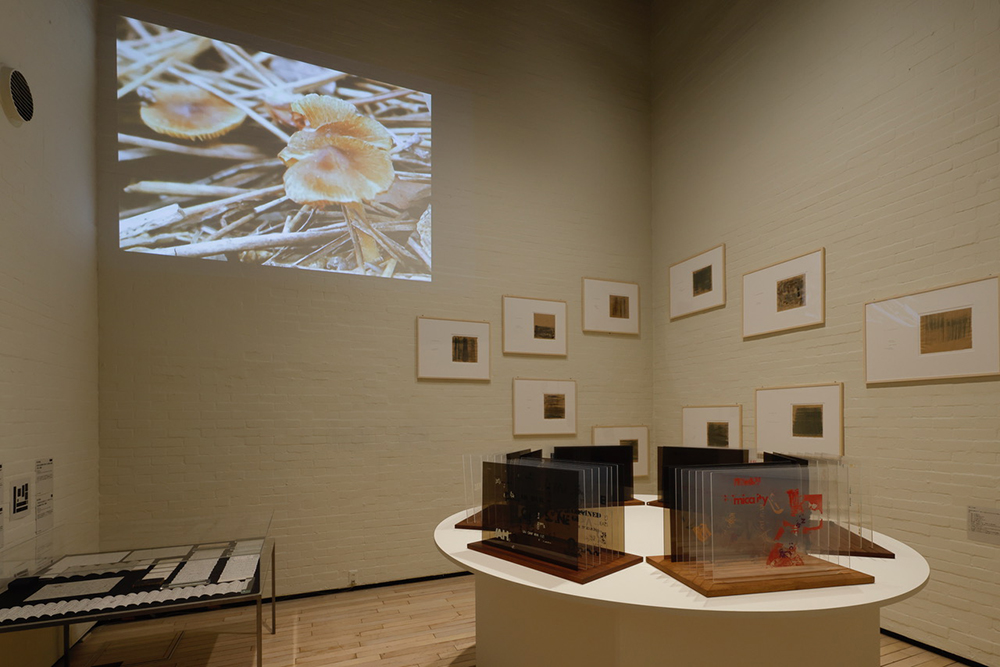
Front: John Cage, Not wanting to say anything about Marcel, 1969, collection of WATARI-UM, The Watari Museum of Contemporary Art
Back right: John Cage, Zen Ox herding Pictures, 1988, collection of RAY KASS
Back left: exhibition on Minakata Kumagusu
photo by: Keizo Kioku
